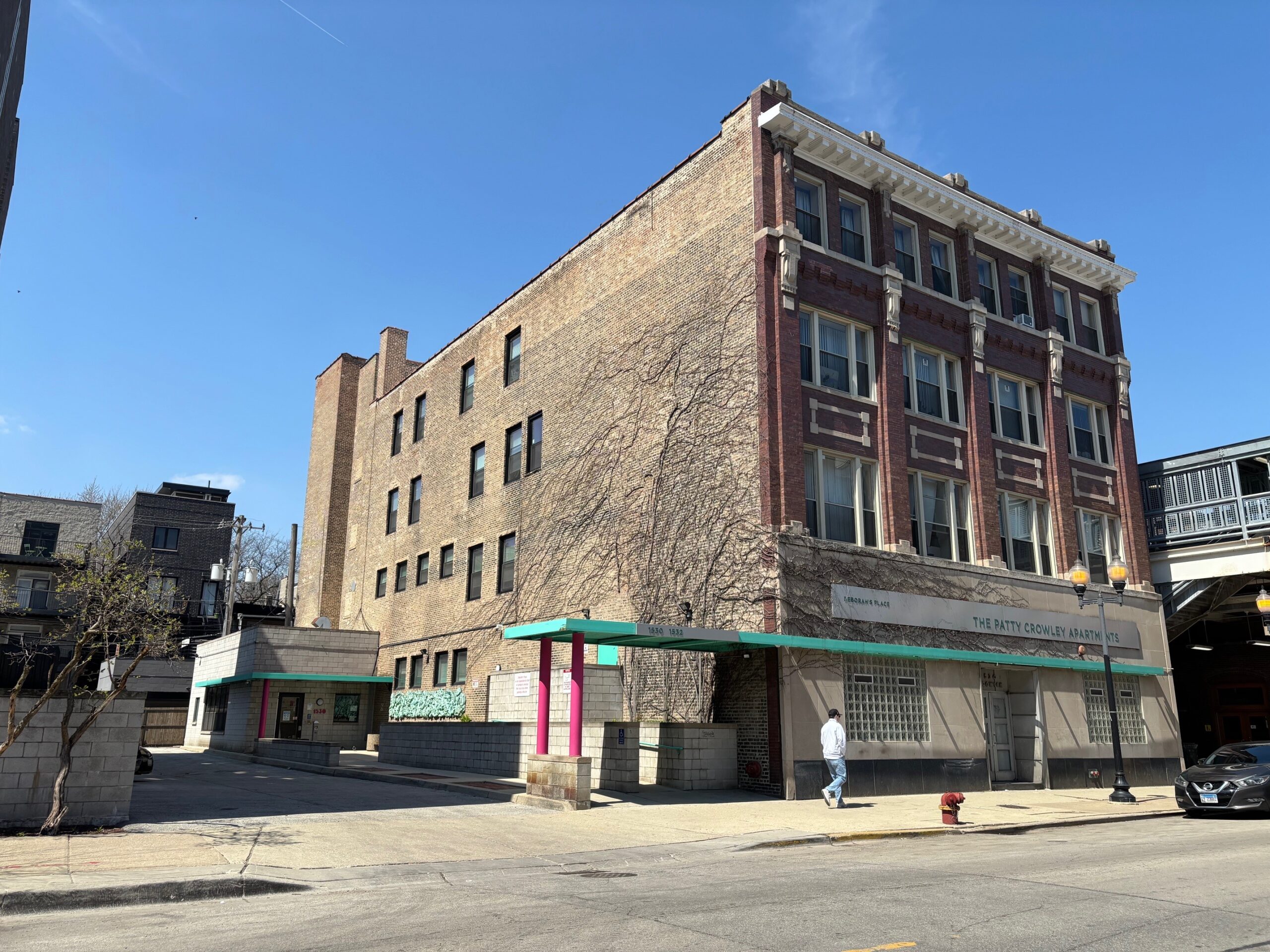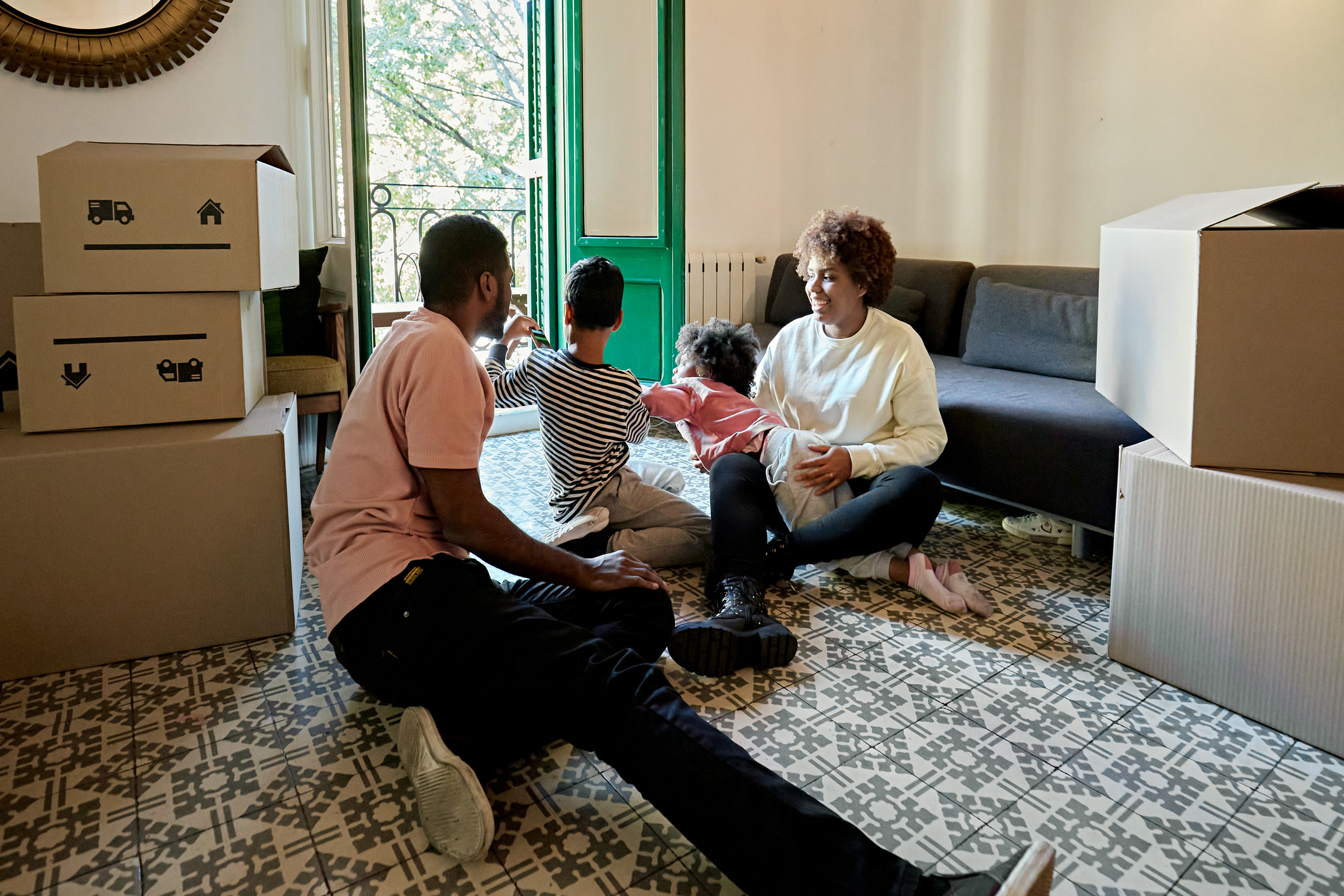Rental and operating subsidies are critically important funding resources in supportive housing developments for people with extremely low incomes. Subsidies keep rents affordable while ensuring that the property owner has enough income to maintain and manage the property during the lifetime of the development. Subsidies ensure that tenants are less rent burdened by reducing their rent to no more than 30% of their income and that the building has sufficient revenue for operations. As operating expenses increase, the revenue for the building must keep pace to cover these costs. Supportive housing providers should have a practice and policy to request increases annually or as eligible. Receiving subsidy increases when eligible provides more revenue to pay for maintenance and repairs, and ensures the building has funds to safely and stably house residents. This guide helps you understand how to implement this practice and resources for program specific rules.
Geography: National
Share
Share on facebook Share on facebook Share on facebook Share on facebook Share on facebook Share on facebookHow to Access Additional Subsidies for Existing Supportive Housing
This guide provides recommendations for existing housing developments that may need additional subsidies to serve an extremely low-income supportive housing population. If you created a supportive housing development but there were not enough subsidies available at the time of opening, are using subsidies that expired (e.g. Tenant Based Rental Assistance – TBRA), or want to replace a current subsidy that does not allow rent increases with one that does, this guide is for you. Rental subsidies in supportive housing developments ensure affordability for residents while maintaining the project’s sustainability, bridging the gap between market rents and affordable rent for extremely low-income individuals and families. There are several government programs that support the inclusion of rental subsidies in supportive and affordable housing. Here are five approaches for owners and property managers to consider.
Share
Share on facebook Share on facebook Share on facebook Share on facebook Share on facebook Share on facebookStrategies for Thinking Beyond the Replacement Reserve – Deborah’s Place Case Study
How Deborah’s Place Approaches Managing and Upgrading their Aging Properties
Deborah’s Place is the largest provider of Permanent Supportive Housing (PSH) in Chicago exclusively serving unaccompanied women who are experiencing homelessness. They serve more than 600 women a year with the following goal: once a woman comes to Deborah’s Place, they will never experience homelessness again. Deborah’s Place cares for their properties in a way that many providers strive to do. They use all the benefits of being a non-profit in finding creative approaches like philanthropy and volunteers to address and resolve challenges to keep their properties updated and well maintained. It is apparent in their housing stability outcomes that tenants like where they live and the services that come along with it, since Deborah’s Place maintains a 96% housing retention rate.
Share
Share on facebook Share on facebook Share on facebook Share on facebook Share on facebook Share on facebookUsing Medicaid’s Housing Related Services (HRS) to Create New Supportive Housing
An increasing number of states are including coverage of Housing Related Services (HRS) in their Medicaid programs. These new services aim to provide more units of supportive housing and higher quality services. CSH has found that states who include these six strategies in their efforts are more likely to be successful. Learn more about these efforts, examples and concrete next steps your state can take to ensure these programs lead to greater supportive housing capacity and higher quality supportive housing statewide.
Share
Share on facebook Share on facebook Share on facebook Share on facebook Share on facebook Share on facebookPolicy Brief: Summary of State Actions on Medicaid & Housing Services
A number of states are looking to both increase supportive housing capacity and quality. One component of improving quality could be developing more intensive supportive services. Many barriers exist to increasing supportive housing capacity for most communities, including a lack of a Medicaid Authority. Nearly 30 states already have in place some supportive housing services benefit, and CSH’s map can help you find where your state is in the process. This brief provides a detailed summary of state actions and lessons that could be replicated in your state.
Updated April 2025
Share
Share on facebook Share on facebook Share on facebook Share on facebook Share on facebook Share on facebookChild Welfare Family Housing Voucher Briefs – Part 2
These briefs present information on federal housing voucher programs, such as the Family Unification Program (FUP), that child welfare and housing leaders can use to stabilize families through cross-sector partnerships. These briefs provide strategies for successfully administering FUP vouchers and identifying FUP eligible families. They also dispel common myths around the administration of FUP vouchers, so that these critical housing resources can be leveraged to to help strengthen families and keep children safe. Part 2 focuses on how to work successfully with housing partners to administer FUP vouchers for families .
To access the Brief on Family Housing Vouchers – Part 1, follow the link below.
Share
Share on facebook Share on facebook Share on facebook Share on facebook Share on facebook Share on facebookBrief: Federal Housing Vouchers to Support Youth Transitions – Part 2
These briefs discuss how Family Unification Program (FUP) and Foster Youth to Independence (FYI) federal housing vouchers can support transition, wellbeing, and stability for youth/young adults’ transitions from foster care involvement with the child welfare system. Part 1 provides an overview of FUP and FYI vouchers. Part 2 offers a detailed guide to administering FUP and FYI vouchers for youth and young adults.
The publications were made possible in collaboration with Casey Family Programs, whose mission is to provide, improve – and ultimately prevent the need for – foster care.
To access Part 1, please continue to through the link below.
Share
Share on facebook Share on facebook Share on facebook Share on facebook Share on facebook Share on facebookChild Welfare Family Housing Voucher Briefs
These briefs present information on federal housing voucher programs, such as the Family Unification Program (FUP), that child welfare and housing leaders can use to stabilize families through cross-sector partnerships. These briefs provide strategies for successfully administering FUP vouchers and identifying FUP eligible families. They also dispel common myths around the administration of FUP vouchers, so that these critical housing resources can be leveraged to to help strengthen families and keep children safe.
The publications were made possible in collaboration with Casey Family Programs, whose mission is to provide, improve – and ultimately prevent the need for – foster care.
To access the Brief on Family Housing Vouchers – Part 2, follow the link below.
Share
Share on facebook Share on facebook Share on facebook Share on facebook Share on facebook Share on facebook10 Things to Do Now to Prevent Family Evictions
This brief provides ten steps that child welfare and family support leaders and their communities can take to advance a family eviction prevention plan. This plan aligns with broader shifts in child welfare policy and practice to build community- based preventative supports that strengthen families and keep children safe.







